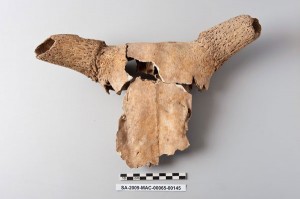A large amount of animal remains have been studied since the very beginning of the excavations at Sagalassos. The analyses yielded information on several aspects of daily life in the city, from the Iron Age (at Tepe Düzen) up to the Middle Byzantine period. The data collected during the 2009 campaign corroborated earlier results and […]
Read full post »Field Reports for 2009
Macrobotany
Wednesday, October 14, 2009
During the 2009 excavation season, the archaeobotanical studies at the site continued with extensive sampling of all of the excavated locations in order to get more representative information on the plant economy of the city of Sagalassos and its Iron Age predecessor Tepe Düzen. A total of 75 flotation and 23 wood charcoal samples were […]
Read full post »Depot Management
Thursday, September 17, 2009A professor once said “archaeology is 10 percent digging and 90 percent figuring out what to do with your stuff”. There could not have been more truth in his words, implying that getting it out of the ground is one thing, but studying and storing it yet another. Indeed, as archaeologists we should provide the […]
Read full post »Stone Studies
Wednesday, September 16, 2009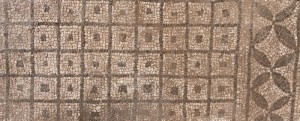
Once again our main goal was to determine the provenance of the stone types used for the wall and floor veneer of Sagalassos. Whereas the wall veneer was the primary subject of research during the previous two seasons, this year special attention was given to the floor revetment. During the campaign of 2008 the opus […]
Read full post »Tepe Düzen: Report 3
Wednesday, September 9, 2009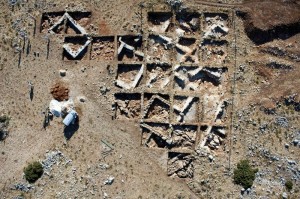
The excavations at Tepe Düzen were executed by two teams of 2 archaeologists and 3 workmen each. The TD1 team was lead by Merve Özkılıç (Mimar Sinan University, Istanbul) and Roel Van Beeumen (K.U.Leuven) and the TD2 team was lead by Kim Vyncke and Laura Verheyden (both K.U.Leuven). In total 3 sondages and 1 excavation […]
Read full post »The Macellum: Report 2
Tuesday, September 1, 2009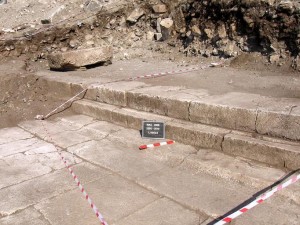
The second half of the excavation campaign at the Macellum yielded some significant results. The northern half of the ca. 20 m wide central courtyard has been uncovered: the limestone pavement, the gutter collecting the rainwater falling from the portico’s roof and the shallow, 0.50 m high staircase supporting the northern colonnade were all found […]
Read full post »Archaeometrical Study of Craft Activities
Friday, August 21, 2009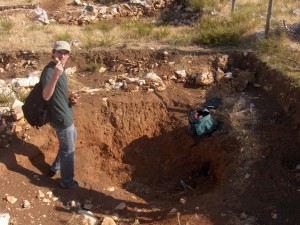
A wide range of mineral resources was exploited in the territory of Sagalassos, including ores, clays and natural building stones. Sagalassos is known as a large pottery producing centre, using several local clay resources, exporting its products all over the Roman Empire. Another craft activity was the melting and working of iron. Also, local limestone […]
Read full post »Topographical Survey
Thursday, August 20, 2009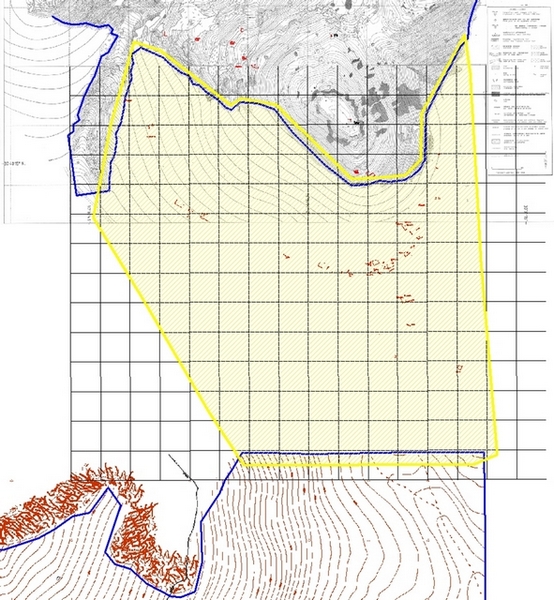
The topographical survey this campaign was carried out in the area south of the city of Sagalassos and north of Tepe Düzen. The long term goal is to fill the gap between the large scale topographical map of Sagalassos created over a time span of 15 years and the topographical map of Tepe Düzen that […]
Read full post »Palynological Survey
Monday, August 17, 2009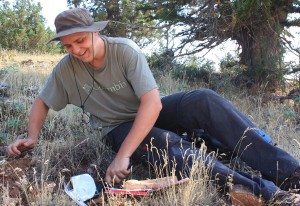
This year the palynological survey took place August 1-14. The aim was to collect additional data with which a detailed palaeoenvironmental reconstruction can be made for the period from the end of the so-called Beyshehir Occupation Phase (BO Phase), which lasted from approximately 2,230 to 1,550 years before the present until the present day. Other […]
Read full post »Survey of the Kales
Monday, August 10, 2009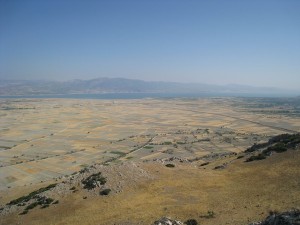
During previous archaeological survey campaigns (1993-1997), we had observed that all the places with the toponym “kale” (or fortress in Turkish) bore the remains of (extensive) fortification walls or (smaller) forts. At that time, the dating of these kales was difficult since the pottery retrieved was highly undiagnostic. However, it was clear that these kales […]
Read full post »
